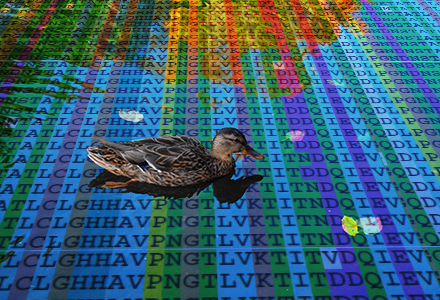Abstract
A large number of nucleotide sequences of various pathogens are available in public databases. The growth of the datasets has resulted in an enormous increase in computational costs. Moreover, due to differences in surveillance activities, the number of sequences found in databases varies from one country to another and from year to year. Therefore, it is important to study resampling methods to reduce the sampling bias. A novel algorithm-called the closest-neighbor trimming method-that resamples a given number of sequences from a large nucleotide sequence dataset was proposed. The performance of the proposed algorithm was compared with other algorithms by using the nucleotide sequences of human H3N2 influenza viruses. We compared the closest-neighbor trimming method with the naive hierarchical clustering algorithm and [Formula: see text]-medoids clustering algorithm. Genetic information accumulated in public databases contains sampling bias. The closest-neighbor trimming method can thin out densely sampled sequences from a given dataset. Since nucleotide sequences are among the most widely used materials for life sciences, we anticipate that our algorithm to various datasets will result in reducing sampling bias.
